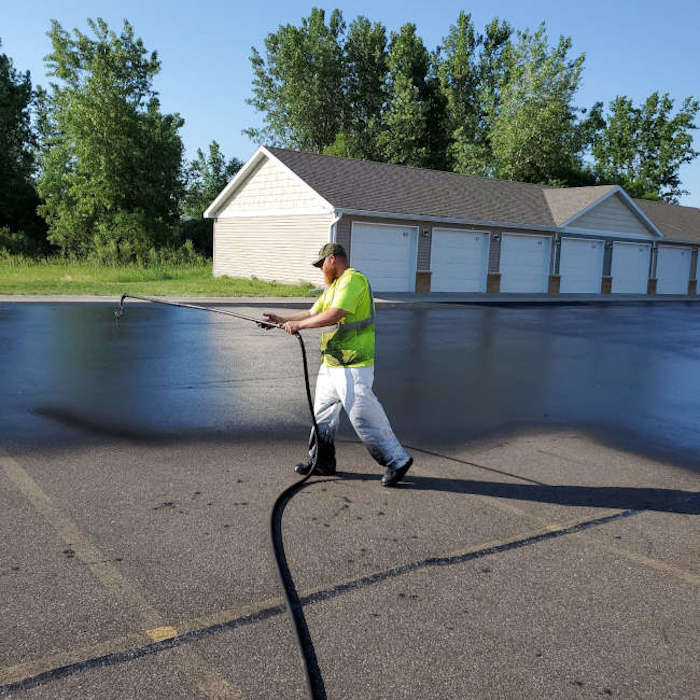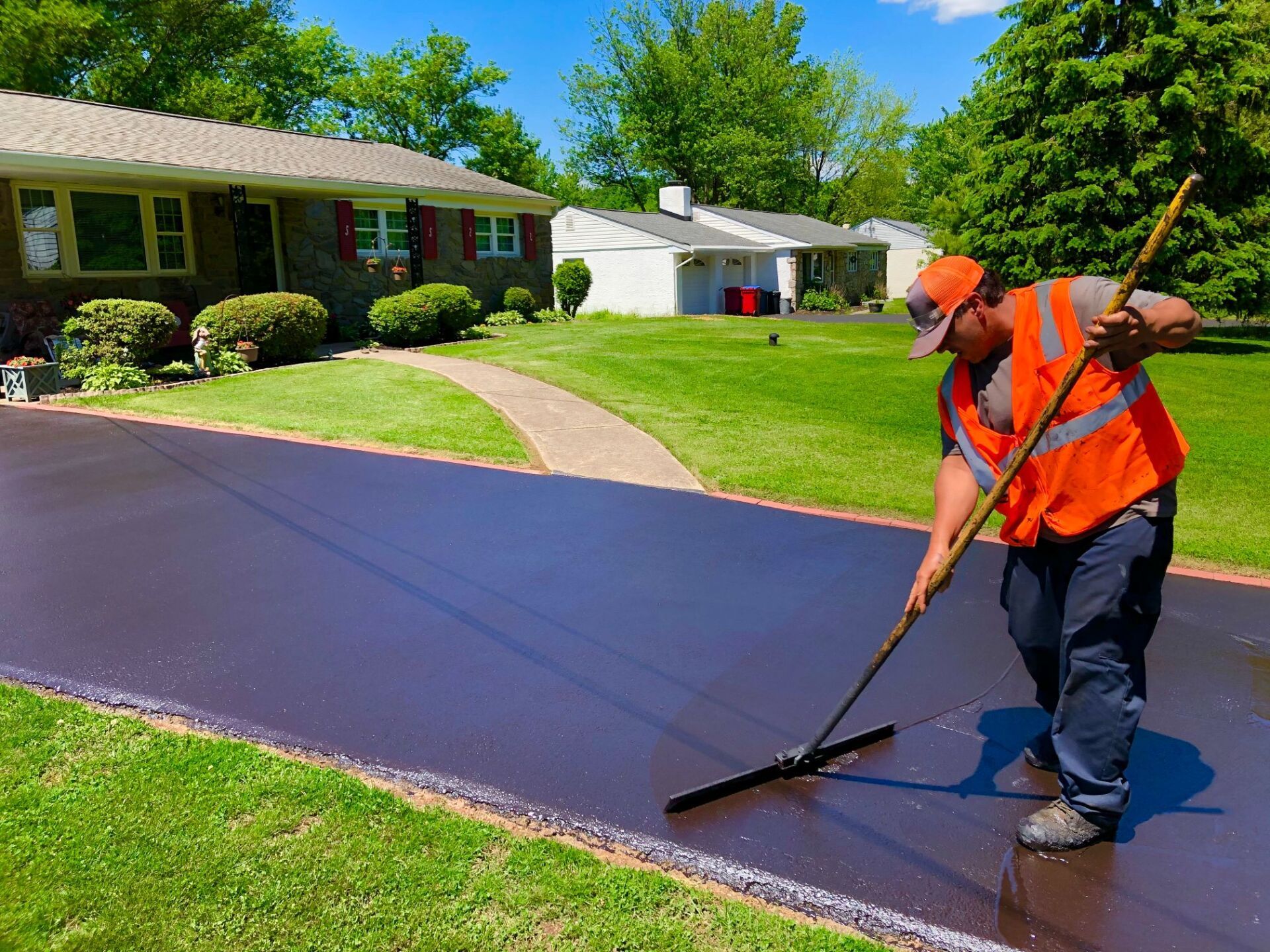Resilient Results: Asphalt Patch Repair Through Precision Sealing
Resilient Results: Asphalt Patch Repair Through Precision Sealing
Blog Article
Cold Mix Asphalt Vs. Hot Mix Asphalt: Which Is Right for You?

Composition Distinctions
Cold mix asphalt is produced by emulsifying the asphalt binder with water and an emulsifying representative before mixing it with aggregate. The hot mix asphalt production process involves heating the aggregate and asphalt binder separately before integrating them at the asphalt plant.
Moreover, cool mix asphalt has a tendency to be much less thick and a lot more adaptable than warm mix asphalt. This adaptability makes it far better matched for locations with greater degrees of movement, such as driveways or roadways with rush hour. On the other hand, warm mix asphalt is known for its high toughness and resistance to rutting and splitting, making it a favored choice for highways and high-traffic roadways where durability is important.
Installation Refine Variations
The procedure of installing chilly mix and warm mix asphalt shows noteworthy differences in their demands and treatments. In comparison, hot mix asphalt demands an extra elaborate setup procedure. Due to the home heating needs, hot mix asphalt setups are commonly carried out by professionals with specific devices, making certain a more structurally audio and irreversible outcome.
Resilience and Durability Variables
When thinking about asphalt options, durability and long life are vital elements to evaluate for long-term pavement performance. Hot mix asphalt (HMA) is recognized for its phenomenal resilience and longevity.
In regards to longevity, HMA commonly outshines CMA due to its premium stamina and resistance residential properties. HMA pavements have a longer solution life, requiring less constant repair services and maintenance, which can equate to set you back savings in the future. In addition, HMA pavements are a lot more conveniently adjustable to fulfill particular task requirements, better enhancing their longevity.
Cost Factors To Consider
Thinking about the monetary ramifications is an important element when assessing the option between hot mix asphalt (HMA) and cool mix asphalt (CMA) for sidewalk jobs. While the preliminary expense of hot mix asphalt here is generally higher than that of cool mix asphalt, HMA usually provides an extra cost-efficient option in the long run due to its exceptional sturdiness and durability.
In addition to product expenses, it's vital to consider the expenses connected with setup and maintenance when contrasting HMA and CMA. HMA normally requires customized devices and competent labor for proper installment, which can affect overall task expenses. Conversely, CMA is less complicated to function with and can frequently be used utilizing simpler strategies, potentially lowering setup expenses. Ultimately, the decision between HMA and CMA ought to think about not just the first cost however likewise the long-term economic implications to establish one of the most economical option for the certain pavement job.
Environmental Effect Contrast
Comparison of the environmental effects in between hot mix asphalt (HMA) and chilly mix asphalt (CMA) discloses distinct differences in sustainability methods. HMA production needs high temperatures, resulting in boosted power usage and greenhouse gas exhausts. The procedure also releases unstable natural compounds (VOCs) and dangerous air toxins (HAPs) right into the ambience. On the other hand, CMA is produced and applied at lower temperatures, decreasing energy usage and emissions dramatically. The reduced production temperatures of helpful site CMA result in reduced fuel consumption and reduced degrees of carbon dioxide emissions, making it an extra environmentally friendly alternative.
Additionally, the use of CMA usually includes reusing existing asphalt sidewalk, promoting source conservation and minimizing the amount of waste sent out to landfills. By deciding for CMA over HMA, roadway building and construction jobs can contribute positively to ecological conservation initiatives.
Conclusion
In conclusion, the choice between cool mix asphalt (CMA) and warm mix asphalt (HMA) depends on numerous aspects such as composition, installation process, longevity, long life, cost, and environmental impact. cold mix asphalt. While CMA supplies a cost-effective and quick solution for small repair services, HMA guarantees remarkable resilience go to this site and long life for rush hour areas. Consider these variables carefully to identify which type of asphalt is the ideal option for your paving needs

Considering the monetary implications is an important element when reviewing the selection between hot mix asphalt (HMA) and cold mix asphalt (CMA) for pavement tasks. While the initial cost of hot mix asphalt is generally higher than that of chilly mix asphalt, HMA typically gives an extra economical remedy in the long run due to its premium durability and durability. asphalt patch repair.Comparison of the environmental effects between hot mix asphalt (HMA) and chilly mix asphalt (CMA) exposes unique differences in sustainability methods.In final thought, the option in between cool mix asphalt (CMA) and hot mix asphalt (HMA) depends on different aspects such as composition, setup process, sturdiness, durability, expense, and environmental effect
Report this page